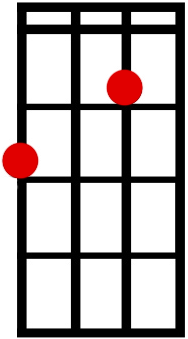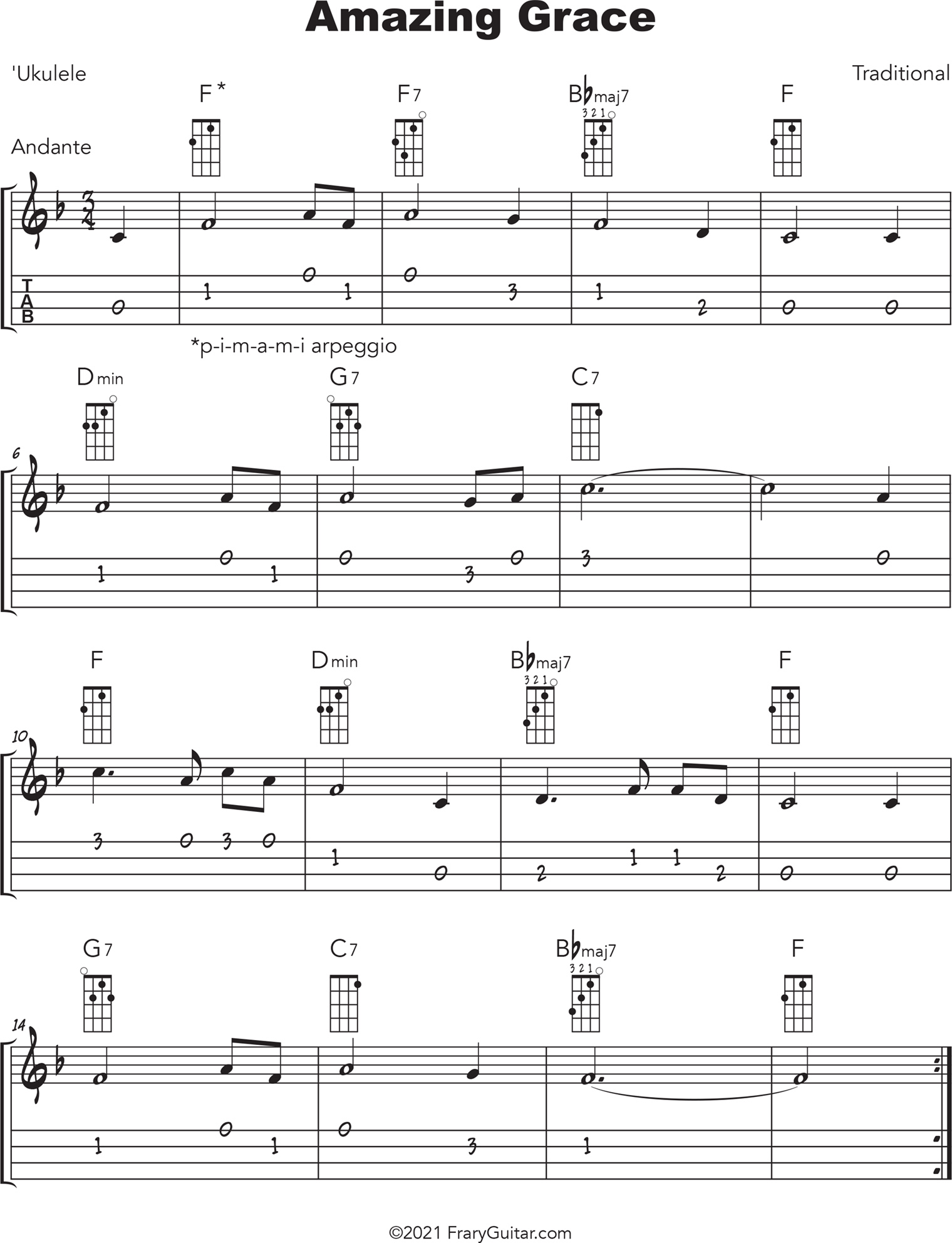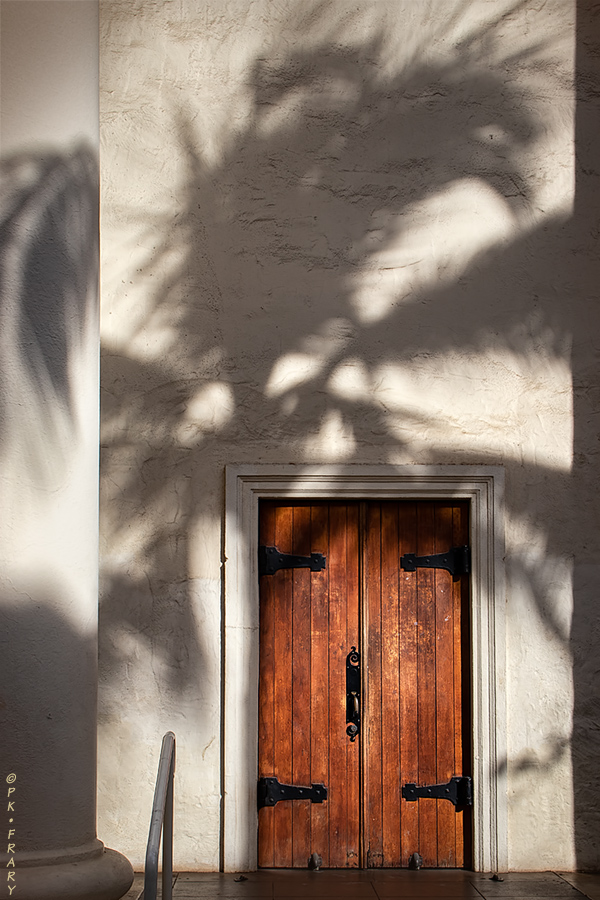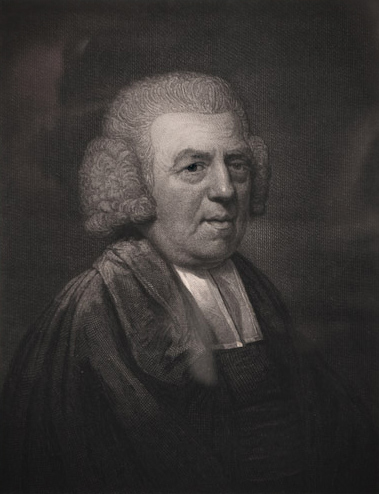|
|
|||||||||||||||
.
|
| Newton's poem was set to a song entitled New Britain, written by James Carrell, and first published in the United States in Virginia Harmony (1831). That version spread like wildfire during the Second Great Awakening (c. 1800) when thousands of Americans gathered for outdoor Christian revival meetings. Here's he first verse of seven: |
Amazing grace! How sweet the sound
That saved a wretch like me.
I once was lost, but now am found,
Was blind but now I see.
 Study Tips
Study Tips
Amazing Grace's Melody
This four-phrase song is in the key of F major—the quintessential ʻukulele key—and, thus, carries a B-flat in the key signature. However, there are no B-flats in the melody due to use of a five-note scale known as the major pentatonic scale: F, G, A, C and D (no B-flat and E). The pentatonic scale is common in both Asian and Blues styles and, indeed, the pentatonic modality of Amazing Grace lends itself to a bluesy feel.
Here's what a major pentatonic scale sounds like:
The melody of Amazing Grace is relatively easy to play, with plentiful open string notes and a familiar melody for most players.
Pickup Note
Amazing Grace begins with a pickup note. To play the pickup, count 1-2 and start the melody on the third beat. The pickup note leads into the downbeat and should be played a little softer than the downbeat.

Tied Notes
Playing the long note durations correctly is the main challenge of the melody. The dotted half note tied to a half note in the second line receives a total of five beats. Don't be shy about counting aloud—1-2-3- | 1-2—as you sustain the tied notes. Guessing doesn't work. Second line of Amazing Grace with tied notes:

Triple Meter Feel
To maintain the feel of triple meter, give a slight accent to each downbeat. Practice with a metronome to help develop your sense of beat.
The final measure of Amazing Grace has only two beats, rather than three, in order to connect seamlessly to the pickup note during song repeats.
Listen to the Track
Amazing Grace was recorded on Kremona Coco and Mari tenor ukuleles. The melody was played straightforward but a few improvised blues licks were added in the repeat. Bass, medium frog (guiro), cabasa and a Nino tone block are heard in the backing tracks. Before practicing, listen to the track so you can absorb the sound and feel of the melody.
Amazing Grace | Peter Kun Frary, ʻukulele
Play the Melody Now!
Practice the melody of Amazing Grace until smooth and aligned with the beat. Read the music—don't just copy the finger movements in the video. Play along with the audio track or video to help shore up your rhythm.
Once you can play the melody smoothly, begin working on the chords.
 Chords
Chords
Once you've mastered the melody, work on the chords. If you find a chord difficult, practice forming the shape separate from the music—spot practice. Plant all the notes of the chord at once, not one finger at a time. When adjacent chords share notes—e.g., F to F7—hold down the shared common tones during the transition between chords.
P-i-m-a-m-i Arpeggio
I use the P-i-m-a-m-i arpeggio pattern in my recording of Amazing Grace.

The triple meter flow of this arpeggio fits well with this song (P-i-m-a-m-i demo in video). Here's what P-i-m-a-m-i looks and sounds like when applied to the chords in the first line of Amazing Grace:

Strum
If the arpeggio is not to your liking, use the Simple Strum 3/4—a single strum every three beats. If you desire a more busy texture, the Flat-Three Strum—three gentle quarter note strums per measure—works great.
To enhance variety and create drama, consider switching from arpeggios to strums during the song repeat.Amazing Grace Chords and Melody Demonstration | Professor Peter
Amazing Grace | Peter Kun Frary, ʻukulele

Download | Amazing Grace PDF
Daily Review
Leave time in your practice sessions to review prior materials. Most pieces take weeks to fully absorb and polish. Don't leave music half learned.
Vocabulary
John Newton, major pentatonic scale
 |
 |
 |
©Copyright 2021-25 by Peter Kun Frary | All Rights Reserved


